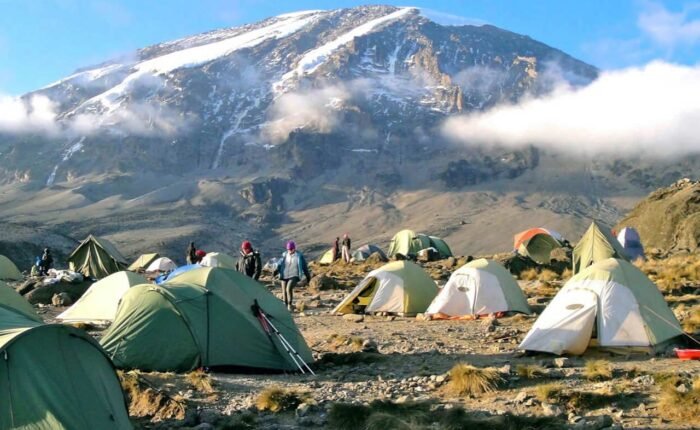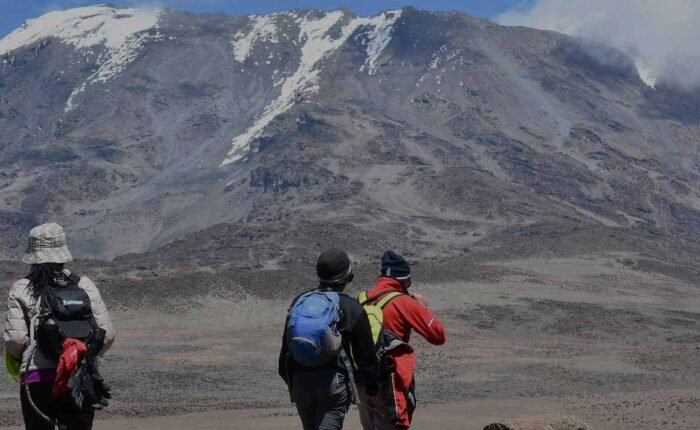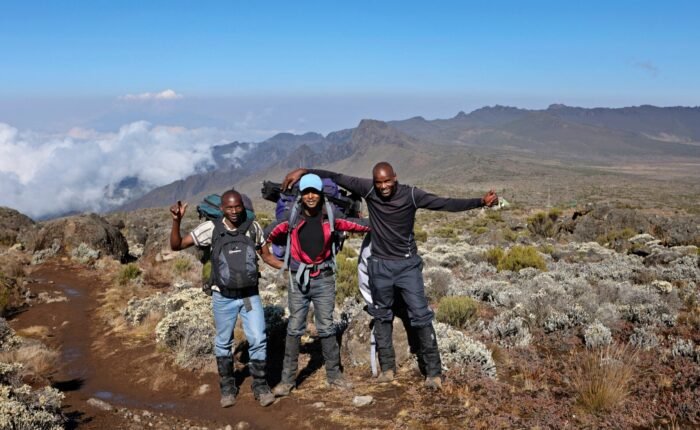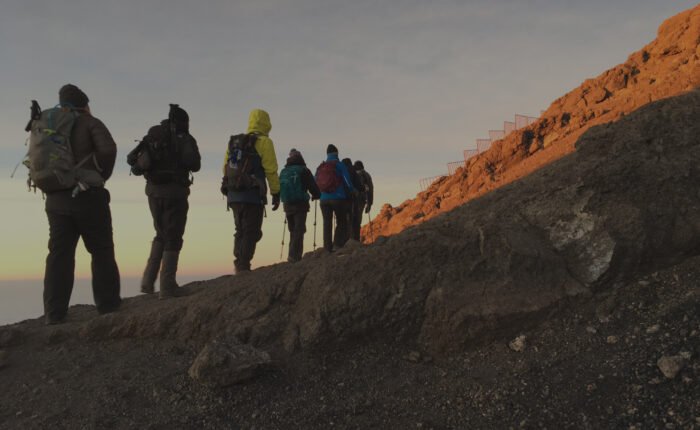Umbwe Route – The Ultimate Guide to Kilimanjaro’s Most Challenging Trek

The Umbwe Route is known as the most direct, steep, and arguably the most difficult way to reach the summit of Mount Kilimanjaro, Africa’s highest peak. Reserved for experienced trekkers looking for a serious challenge, the route offers solitude, dramatic scenery, and a fast ascent through dense rainforest and rugged terrain.
Key Facts About the Umbwe Route
- Route Name: Umbwe Route
- Duration: 6 or 7 days (7 recommended for acclimatization)
- Distance: ~53 km (33 miles)
- Difficulty: Very High – steep and fast ascent
- Success Rate: Lower than other routes due to rapid elevation gain
- Accommodation: Camping only
- Scenery: Excellent – rainforest, valleys, ridges, and glaciers
- Crowds: Very low – the least used route
Why Choose the Umbwe Route?
- Solitude: Ideal for trekkers seeking a less crowded experience.
- Adventure: A thrilling route for experienced hikers who are confident in their fitness and acclimatization.
- Scenic Appeal: The trek begins with a dense, lush rainforest before transitioning into dramatic ridges and alpine deserts.
Important Note: The rapid ascent gives climbers less time to acclimatize, which increases the risk of altitude sickness. This route is not recommended for beginners or those without high-altitude trekking experience.
Detailed 7-Day Umbwe Route Itinerary
Day 1: Umbwe Gate (1,640m) to Umbwe Cave Camp (2,850m)
- Distance: 11 km
- Time: 5–7 hours
- Habitat: Rainforest
After registration at the Umbwe Gate, the trail begins with a steep climb through thick rainforest. The path is narrow, muddy, and root-covered, demanding good balance and stamina.
Day 2: Umbwe Cave Camp to Barranco Camp (3,900m)
- Distance: 6 km
- Time: 4–6 hours
- Habitat: Heath and moorland
This day includes a sharp ascent along a ridge, eventually offering magnificent views of the Southern Icefield. You’ll merge with the Machame and Shira routes at Barranco Camp.
Day 3: Acclimatization Day at Barranco Camp (optional)
- Purpose: Help your body adjust to the altitude.
- A short acclimatization hike to Lava Tower or up the Barranco Wall is common before returning to camp.
Day 4: Barranco Camp to Karanga Camp (4,035m)
- Distance: 5 km
- Time: 4–5 hours
- Habitat: Alpine desert
You’ll start by climbing the iconic Barranco Wall – a steep, rocky face that looks more difficult than it is – then hike across glacial valleys to Karanga Camp.
Day 5: Karanga Camp to Barafu Camp (4,640m)
- Distance: 4 km
- Time: 3–4 hours
- This day brings you to the base camp for the summit. Eat early and rest well – the summit attempt begins around midnight.
Day 6: Barafu Camp to Uhuru Peak (5,895m), then down to Mweka Camp (3,110m)
- Distance: 17 km total (7 km ascent, 10 km descent)
- Time: 6–8 hours up, 4–6 hours down
The toughest day of the trek. You’ll start in the dark, reaching Stella Point around sunrise and then pushing onward to Uhuru Peak, the highest point in Africa. After a brief celebration, descend carefully to Mweka Camp.
Day 7: Mweka Camp to Mweka Gate (1,640m)
- Distance: 10 km
- Time: 3–4 hours
- A final descent through the rainforest leads you back to civilization. After sign-out at the gate, transfer back to your hotel for a well-deserved rest.
Tips for Trekking the Umbwe Route
- Physical Preparation: Train well before the trek. Cardiovascular endurance, strength, and hiking experience are essential.
- Acclimatization: Choose the 7-day option to allow an extra day at Barranco Camp.
- Climb with a Certified Operator: Use experienced guides and porters – required by Kilimanjaro National Park and essential for safety.
- Pack Wisely: Bring proper layered clothing, a quality sleeping bag, trekking poles, and hydration systems.
- Altitude Awareness: Learn symptoms of AMS (Acute Mountain Sickness) and communicate with your guide.




